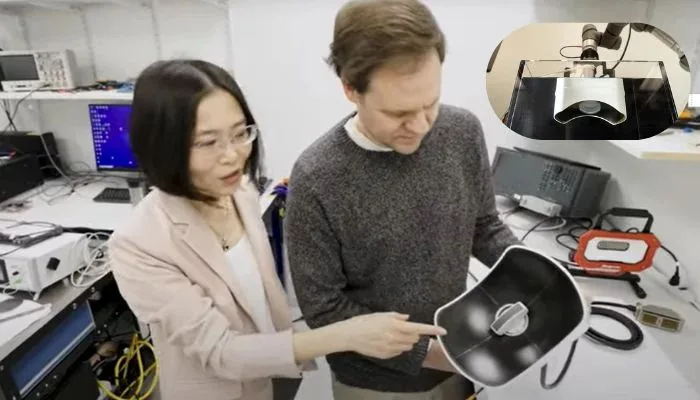Breaking Boundaries in Oncology with Ultrasound Precision
Imagine treating cancer without a scalpel, stitches, or long hospital stays. That’s the promise of histotripsy— a groundbreaking, non-invasive cancer treatment that’s making waves in the medical world.
Histotripsy uses focused ultrasound waves to target and destroy cancerous tissue. Instead of cutting into the body, it creates microscopic bubbles within the tumor. These bubbles collapse and break the cancer cells apart, turning them into debris that the body naturally absorbs over time.
This method is not only gentle but also precise. Thanks to real-time imaging, doctors can guide the ultrasound to avoid damaging healthy tissue. Patients benefit from shorter recovery periods, fewer complications, and less trauma compared to traditional surgery.
Clinical trials have already shown promising results. Histotripsy has been tested on liver tumors, benign prostatic hyperplasia, and even calcified heart valves. In 2023, it received approval for liver tumor treatment, marking a major milestone in its clinical journey.
The UK has begun offering histotripsy to select patients through its device access pathway, signaling growing global acceptance. However, like any new technology, it comes with challenges. Long-term data on cancer recurrence is still limited, and there’s concern about the potential spread of cancer cells during treatment.
Additionally, not all tumors are accessible with ultrasound. Dense tissues like bone can block the waves, making some cases more complex. Precision equipment, skilled professionals, and high-quality imaging are essential for safe and effective treatment—factors that may be difficult to maintain in under-resourced healthcare systems.
In Pakistan, histotripsy could be a game-changer. With proper investment, hospitals could offer safer, faster cancer care, especially for patients who aren’t ideal candidates for surgery. But adoption will require regulatory approvals, training programs, and awareness among oncologists.
While histotripsy may not replace surgery entirely, it’s a powerful addition to the cancer treatment toolkit. As research continues and technology evolves, this non-surgical approach could redefine how we fight cancer—making treatment less invasive and more patient-friendly.




+ There are no comments
Add yours